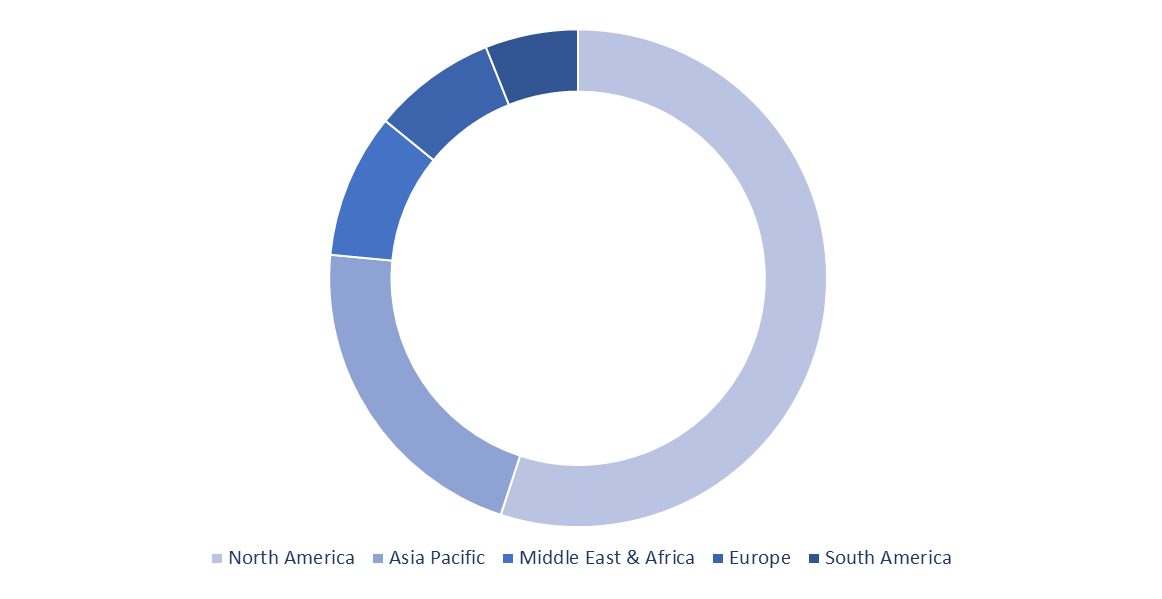Proliferation of cloud computing, increased investment in development of virtual machines, advancements in network security, and rising demand for agile workforce are the key factors driving the growth of the global virtual client computing software market. The virtual client computing refers to desktop virtualization solutions to improve workforce agility, reduce cost and overcome limitations associated with conventional distributed desktop topology.
With increased demand for agility in workforce and migration of major operations to cloud for improved security, reduced risk, and reduced cost, the demand for virtual client computing software is anticipated to witness prominent growth during the forecast period. Virtual client computing facilitates migration of user applications, personality, or data to data centers, thereby offers effective, affordable and secured client device management.
Optimization of cost associated with IT operations and increased emphasis on data collection for business intelligence are contributing towards automation and virtualization of IT operations. This has significantly contributed towards the growth of the global virtual client computing software market. Rising adoption of virtual platforms, expanding mobile workforce and adoption of hosted IT operations are expected to drive the growth of the global virtual client computing software market during the forecast period.
North America held the largest share of the global virtual client computing software market in 2019 and is anticipated to be a dominating segment throughout the forecast period owing to rising adoption of cloud-based solutions and robust IT infrastructure across the United States.
Increased investment in development of connected technologies and proliferation of cloud-based solutions across multiple industry verticals is expected to drive the growth of the North America virtual client computing software market during the forecast period. Asia Pacific is anticipated to offer prominent opportunities during the forecast period owing to expanding IT infrastructure and increased adoption of cloud-based solutions across major countries.

Virtual Client Computing Software Market Share Analysis, by Geography (2022)
The report titled “Virtual Client Computing Software Market - Global Market Share, Trends, Analysis and Forecasts, 2023-2032” wherein 2021 is historic period, 2022 is the base year, and 2023 to 2032 is forecast period. Additionally, the study takes into consideration the competitive landscape, wherein the report would provide company overview and market outlook for leading players in the global virtual client computing software market.
Furthermore, the report would reflect the key developments, global & regional sales network, business strategies, research & development activities, employee strength, and key executive, for all the major players operating in the market.
The global virtual client computing software market is segmented based on component, deployment, enterprise size, end use industry, and geography. Based on component, the global virtual client computing software market is segmented into solutions and services. The solutions are sub-segmented into terminal service, virtual user session (VUS), virtual desktop infrastructure (VDI), and others. The services are further sub-segmented into integration & deployment, support & maintenance, and training & consulting. Based on deployment, the global virtual client computing software market is segmented into on-premise and cloud. Based on enterprise size, the global virtual client computing software market is segmented into large enterprise and small & medium enterprises. Based on end use industry, the global virtual client computing software market is segmented into IT & telecommunication, BFSI, media & entertainment, healthcare, retail, manufacturing, government, and others. Based on geography, the global virtual client computing software market is segmented into North America, Europe, Asia Pacific, Middle East & Africa, and South America.
The research provides in-depth analysis of prominent players holding majority share of the global market with a focus on all operating business segment and would identify the segment of the company focusing on virtual client computing software solutions and services.
Further, market share of prominent companies in the global virtual client computing software market would also be estimated. the study takes into consideration the key competitive information such as business strategy, product portfolio, key development, swot analysis, and research and development focus of all the virtual client computing software companies.
The global virtual client computing software market study would take into consideration the participants engaged throughout the ecosystem of the market, along with their contribution.
Product portfolio would focus on all the products and services under the virtual client computing software business segment of the company. Similarly, the recent development section would focus on the latest developments of company such as strategic alliances and partnerships, merger and acquisition, new product launched and geographic expansion in the global virtual client computing software market.
Major players active in the global virtual client computing software market include Citrix Systems, Inc., Dell Technologies, Ericom Software, Inc., Fujitsu Limited, Hewlett Packard Enterprise Development LP, Hitachi, Ltd, Huawei Technologies Co., Ltd., Microsoft Corporation, NEC Corporation, Nimbox Ltd., and VMware Inc.
Segmentation:
By Component:
By Deployment Type:
By Organization Size:
By End Use Industry:
By Geography :
North America is the principal contributor to the global Virtual Client Computing Software market.
The base year considered in Virtual Client Computing Software market report is 2022.
The end-use segments in Virtual Client Computing Software market are IT & Telecommunication, BFSI, Media & Entertainment, Healthcare, Manufacturing and Others
Key Virtual Client Computing Software market players are Citrix Systems, Inc., Dell Technologies, Ericom Software, Inc., Fujitsu Limited, Hewlett Packard Enterprise Development LP, Hitachi, Ltd, Huawei Technologies Co., Ltd., Microsoft Corporation, NEC Corporation, Nimbox Ltd., and VMware Inc. and others.
Copyright © 2025 Same Page Management Consulting Pvt. Ltd. (insightSLICE) | All Rights Reserved
